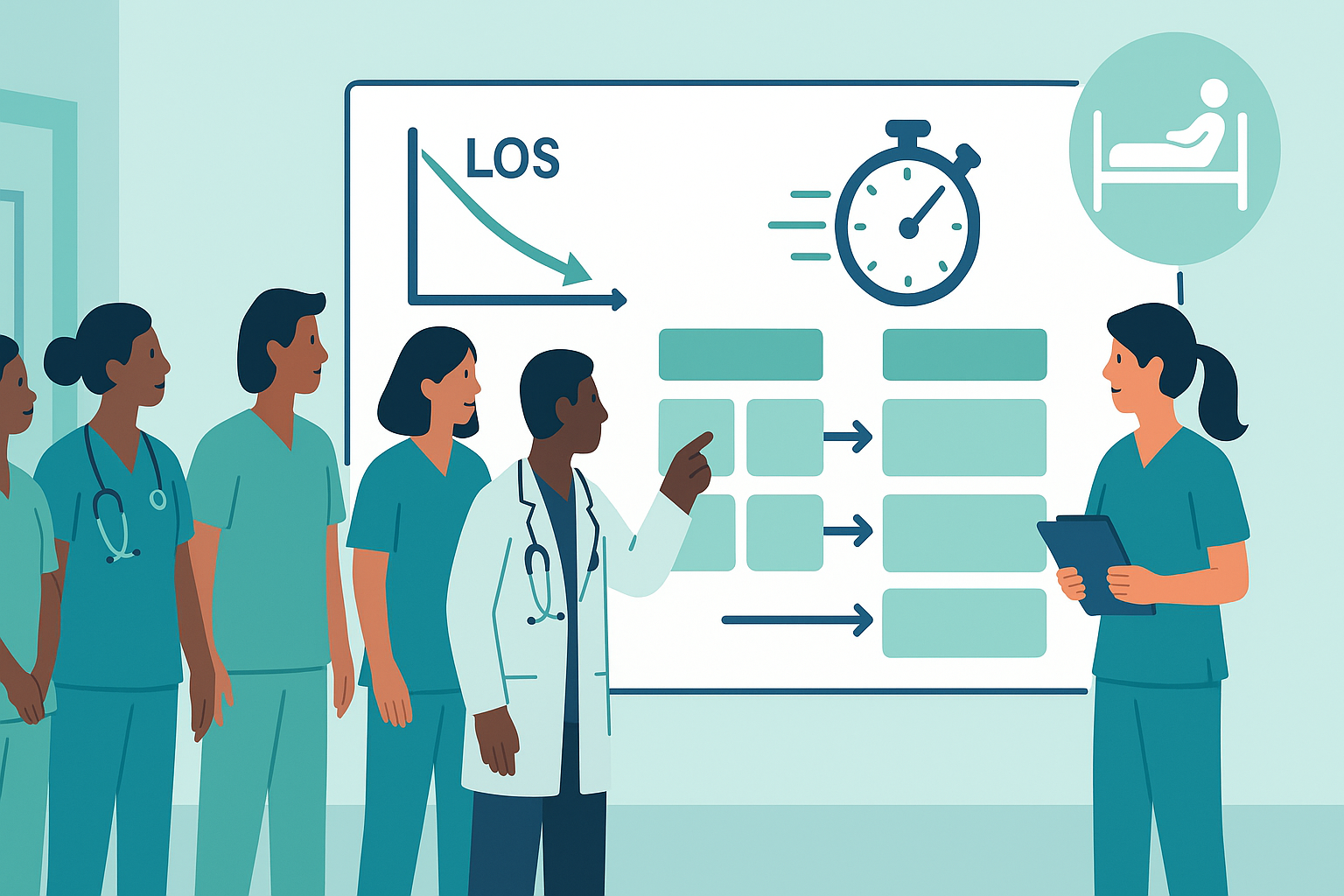Risk, Impediments & Tech Debt
How Nurses Cut Hospital Stays for People with Frailty (and what Agile teams can learn)
A five-nurse specialist team redesigned care for frail patients, slashing average hospital stay from ~18 days to ~2.4 days in six months. This is an ~86% reduction while improving experience and saving millions!
Here’s my Agile angle (real-world moves you can borrow):
-
Treat assessment like fast triage: front-load expertise early to prevent long tail delays (NHS guidance ties early frailty teams to shorter LOS).
-
Make a “same-day flow” lane: prioritize small, testable steps that discharge or decisively progress work within 24–48 hours (Frailty SDEC models show impact).
-
Measure stability, not busyness: track time-to-first-decision and aging work; spotlight blockers daily.
-
Run tiny service experiments: one hypothesis at a time (e.g., earlier specialist review) and keep what reduces average length of stay.
Coaching Moment: What’s our “early specialist” move that, if done within the first day, would prevent most downstream delays?

The Last Almanac, The Lasting Leason
Sad News: The Farmer’s Almanac is printing its last edition after 200 years. This reminds us to build systems that learn, not just last.
The Farmers’ Almanac was one of the earliest “agile” tools—cadence and anticipation in paper form. Planting charts, moon phases, and long-range forecasts taught generations to plan in rhythms, read signals, and adapt when the weather changed.
That’s our work, too:
- Cadence (PI/Sprint)
- Anticipation (roadmaps, capacity)
- Adaptation (inspect & adapt).
The Almanac’s wisdom: prepare before the season turns, then adjust as reality arrives.
